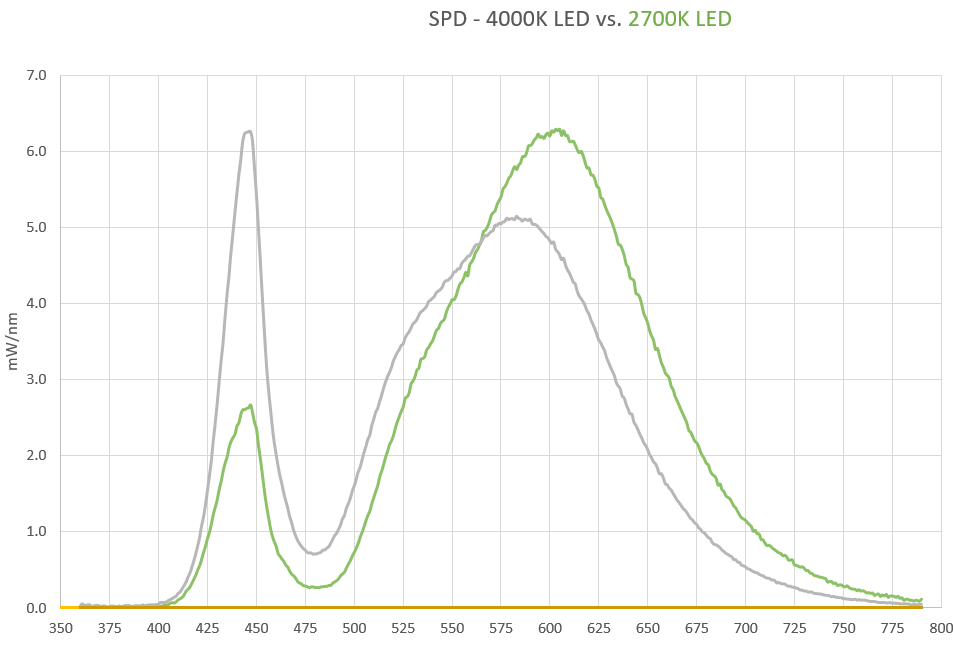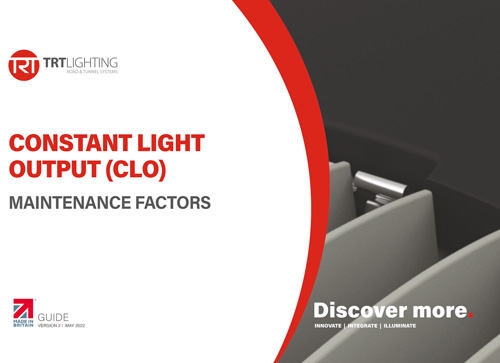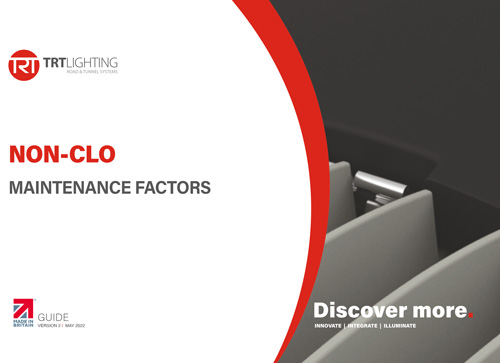LIA Accredited
Technical
TRT have prepared the following technical information for our customers:
Maintenance Factors for TRT Luminaires
When designing a road lighting scheme with TRT lanterns, the maintenance factors to be used for CLO and non-CLO designs are different. The maintenance factor design guides (Maintenance Factors for non-CLO Luminaires and Maintenance Factors for CLO Luminaires) provide an in-depth explanation of how to calculate maintenance factors for TRT luminaires and are aligned with BS5489-1:2020 Annex C.
Following 10 years of testing and monitoring of non-CLO TRT lanterns in use, the evidence gathered supports moving to depreciation over 100,000 hrs being extrapolated to being no more than 5%. TRT’s approach to recommended maintenance factors remains cautionary and this change from the previous allowance for 10% depreciation to 5% has only been made following the gathering of appropriate and robust test results over 10 years.
LIA Certification
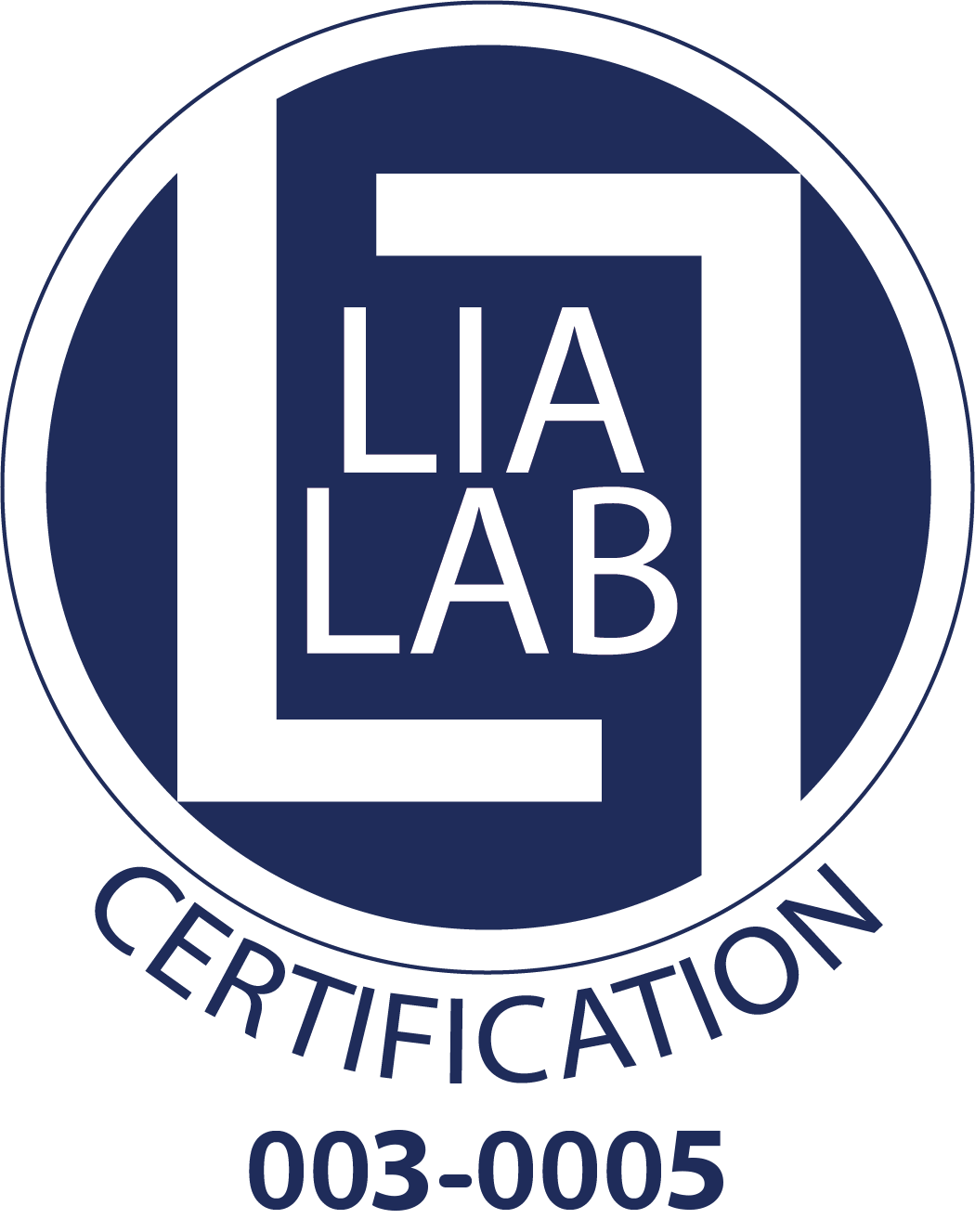
Photometry
All luminaires provided by TRT are tested in our state of the art gonio-photometry lab which is accredited by The LIA in accordance with their TSD-003 gonio-photometry scheme.
Our photometric library can be accessed through Lighting Reality or for special enquiries, please contact us.
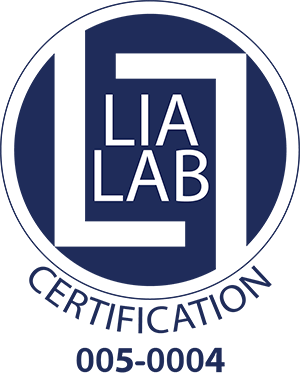
UMSUG
All luminaires provided by TRT for installation onto an unmetered supply have Elexon approved UMSUG codes ready to use.
To view our list of approved codes, please visit Elexon’s Charge Codes and Switch Regimes and select ‘Manufacturer Equipment LED Range Spreadsheet’ and filter by manufacturer.
PowerSet
PowerSet by TRT is an innovative power selection module that provides the End User with the flexibility to easily adjust power and lumen output whilst the luminaire is installed or in the depot.
The PowerSet feature allows for reduced stock holding and each module is specifically designed for all luminaires provided by TRT Lighting.
Correlated Colour Temperature for LEDs
Correlated colour temperature, or more commonly referred to as colour temperature or CCT is a standardised metric used within the lighting industry that defines the colour appearance of a white light source. The unit of measure for this metric is in kelvin (K) and the lower the kelvin value, the warmer (or more orange) the light source will appear. Conversely, the higher the kelvin value, the cooler (or more blue) the light source will appear.
In general, cooler colour temperatures LEDs will have a higher blue light content than warmer colour temperatures. The content of blue light within a given CCT can be seen in a Spectral Power Distribution (SPD) graph, and a relative comparison can be made between differing CCTs.
This graph is a comparison of a 4000 K LED and a 2700 K LED.
Note, the lumen output for the light source is the same for both CCTs.
